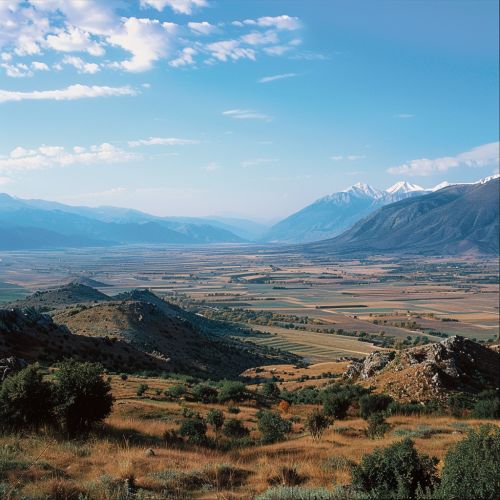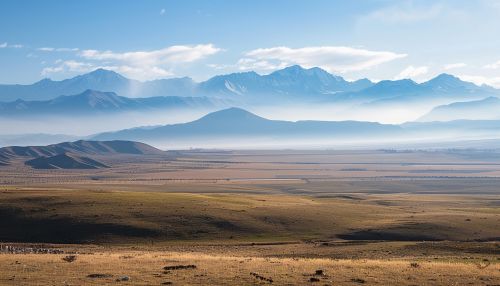Asia Minor
Geography
Asia Minor, also known as Anatolia, is a large, rectangular peninsula situated in the easternmost part of the Eurasian landmass. It is bordered by the Black Sea to the north, the Mediterranean Sea to the south, and the Aegean Sea to the west. The eastern boundary is formed by the Armenian Highlands and the Iranian Plateau. The region covers approximately 756,000 square kilometers, making it slightly larger than the country of Turkey, which occupies the majority of the peninsula.


History
Asia Minor has a rich and complex history, having been inhabited by various civilizations over the millennia. The earliest known inhabitants were the Hittites, an ancient Anatolian people who established an empire in the region around 1600 BCE. They were followed by the Phrygians, the Lydians, and the Persians, each of whom left their mark on the region.
In the 4th century BCE, Asia Minor was conquered by Alexander the Great, who incorporated it into his vast empire. After Alexander's death, the region was divided among his generals, leading to the establishment of several Hellenistic kingdoms.
In the 2nd century BCE, Asia Minor came under the control of the Roman Empire, which brought a period of peace and prosperity known as the Pax Romana. The region became a vital part of the empire, serving as a bridge between Europe and Asia.
With the decline of the Roman Empire in the 5th century CE, Asia Minor became a part of the Byzantine Empire. It remained a center of Greek culture and Orthodox Christianity for nearly a thousand years, until it was conquered by the Ottoman Turks in the 15th century.
The Ottoman Empire ruled Asia Minor until the early 20th century, when it was dissolved after World War I. The modern Republic of Turkey was established in its place, and today, the region is home to a diverse population of Turks, Kurds, Armenians, and other ethnic groups.
Culture
Asia Minor has been a melting pot of cultures throughout history. Its strategic location at the crossroads of Europe and Asia has made it a cultural bridge between East and West. This cultural fusion is evident in the region's art, architecture, music, and cuisine.
The ancient civilizations of Asia Minor, such as the Hittites, Lydians, and Phrygians, developed unique artistic styles that combined elements of both Eastern and Western traditions. This tradition of cultural synthesis continued under the Greeks, Romans, Byzantines, and Ottomans, each of whom contributed to the rich cultural tapestry of the region.
Today, the culture of Asia Minor is primarily influenced by Turkish traditions, but it also bears the imprint of the many civilizations that have inhabited the region over the centuries. The region's cultural heritage is reflected in its numerous archaeological sites, historical monuments, and museums.
Economy
The economy of Asia Minor is diverse and largely based on agriculture, industry, and services. The region's fertile soil and favorable climate make it an important agricultural area, producing a wide variety of crops, including wheat, barley, olives, and grapes.
Asia Minor is also rich in natural resources, including coal, oil, and minerals. These resources have been exploited for centuries, contributing to the region's economic development.
In recent decades, the service sector has grown in importance, with tourism playing a significant role. Asia Minor's rich history and cultural heritage attract millions of tourists each year, contributing to the region's economy and providing employment for many of its residents.
